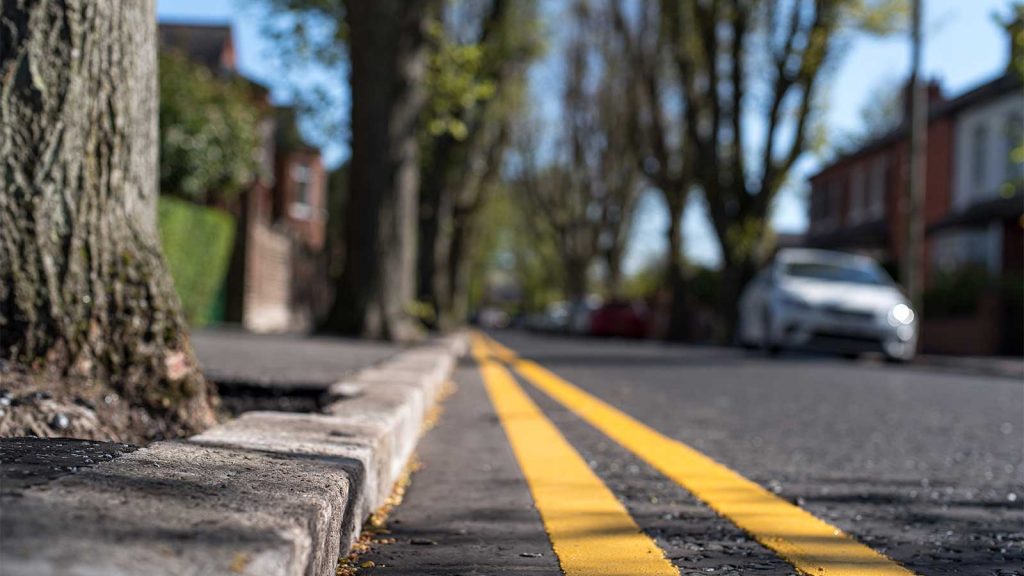Everyone wants to live someplace nice. But what is it that makes a community livable?
In 2000, Henry L. Peyrebrune wrote a book called Multimodal Aspects of Statewide Transportation Planning. The book contains a chapter on a survey sent to all state DOTs. Thirty-two states responded and defined livability as balancing “three key societal goals — vibrant communities, vital economies and sustainable environment.” That’s still a good answer more than two decades later. But what do all three of these goals require? Roads.
- In a vibrant community, people need to be able to get together. The pandemic shutdown was a reminder to everyone about how important gathering can be. Zoom calls are better than no contact at all, but they cannot replace being in the same room at the same time. There’s a synergy to meeting in person that a computer screen cannot
- Vital economies depend on jobs and goods – both need roads. People need roads to get to work, school, church, and home, and they also need access to the everyday goods of life such as food and clothing. Roads give them just that.
- Part of sustaining the environment is giving people roads that help manage water, are environmentally friendly, and manage traffic. If you give people a good road, most people will stay on it. Roads protect delicate areas.
Ever since Henry Ford started putting cars on U.S. roads, people have embraced the idea of climbing in and taking off for wherever it is they want to go. The pandemic did not change that, although people did drive fewer miles than usual. But according to an April 2021 report issued by the Federal Highway Administration, the one-year cumulative estimate for 2021 is 947.5 billion miles traveled. Also, a Harvest Host study found that people still don’t feel safe traveling by plane. They prefer cars, trucks or RVs. (Harvest Host is a membership program for RV owners.)
Roads are used to transport people and goods. The wheel has often been celebrated for its importance in life, dating back to the stone age, but wheels are only good for toys if you don’t have roads. Roads are a necessary part of the infrastructure that makes a comfortable life possible.
But what kind of roads? Asphalt roads are an excellent choice. Here are some of the reasons why:
- Roads are built locally by the people who live in a particular area.
- Since roads have multiple uses (cars, trucks, buses and heavy freight, for example), the material used to build them needs to be versatile. Asphalt is exactly that because the surface is smooth and safe for any vehicle it Also, the Environmental Protection Agency has approved asphalt for uses such as lining landfills, reservoirs and fish hatcheries.
- Some forms of asphalt allow rainwater to drain through, reducing accidents and fatalities. Porous pavements also can be used to clean stormwater and reduce runoff. A side benefit is replenishing aquifers and protecting streams.
- Asphalt is quiet. It can reduce the sound of traffic by 3-10 decibels, which is equivalent to reducing traffic volume by 50% or doubling the distance between the road and the listener.
- The S. recycles more asphalt than any other product. That saves money and keeps asphalt out of landfill spaces. The bottom can stay intact indefinitely –the top layer can be removed and replaced when necessary.
Asphalt roads are an essential part of creating livable communities.
- https://books.google.com/books?id=Pva3vMXdjiQC&pg=PA19&lpg=PA19&dq=livable+future+as+the+balance+of+three+key+societal+goals:
+vibrant+communities,+vital+economies+and+sustainable+environments&source=bl&ots=MkIUhkT8xa&sig=
ACfU3U0r3B5iuG3nWePEtppLMgSvyUTr3A&hl=en&sa=X&ved=2ahUKEwjwy6qEpsXxAhWel2oFHVAVCsIQ6AEwEXoEC
BgQAw#v=onepage&q=livable%20future%20as%20the%20balance%20of%20three%20key%20societal%20goals%3
A%20vibrant%20communities%2C%20vital%20economies%20and%20sustainable%20environments&f=false - https://www.prnewswire.com/news-releases/2021-is-the-year-of-the-road-trip-harvest-hosts-study-reveals-americans-are-ready-to-travel-but-not-by-plane-301217185.html
- https://www.fhwa.dot.gov/policyinformation/travel_monitoring/21aprtvt/




